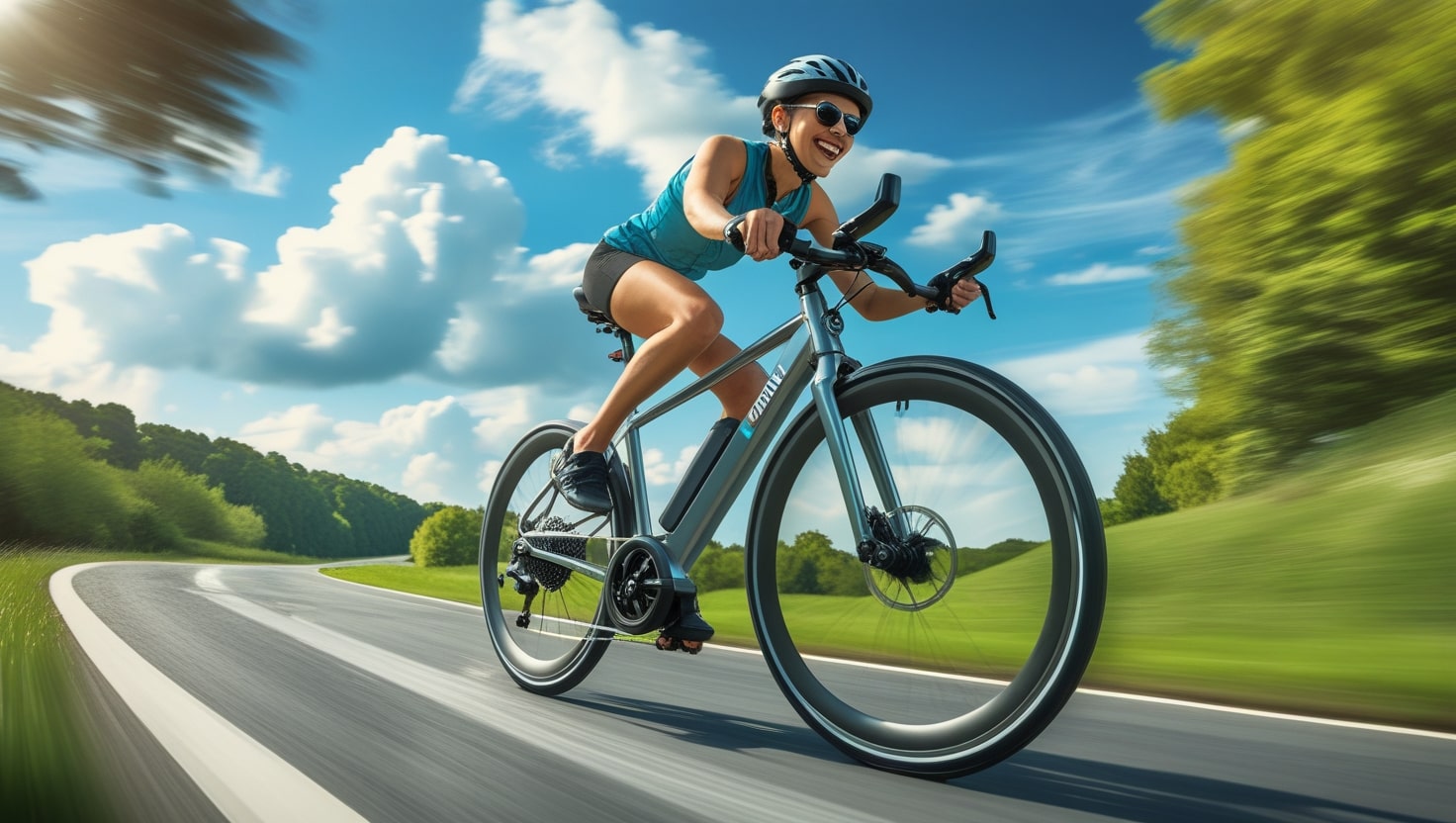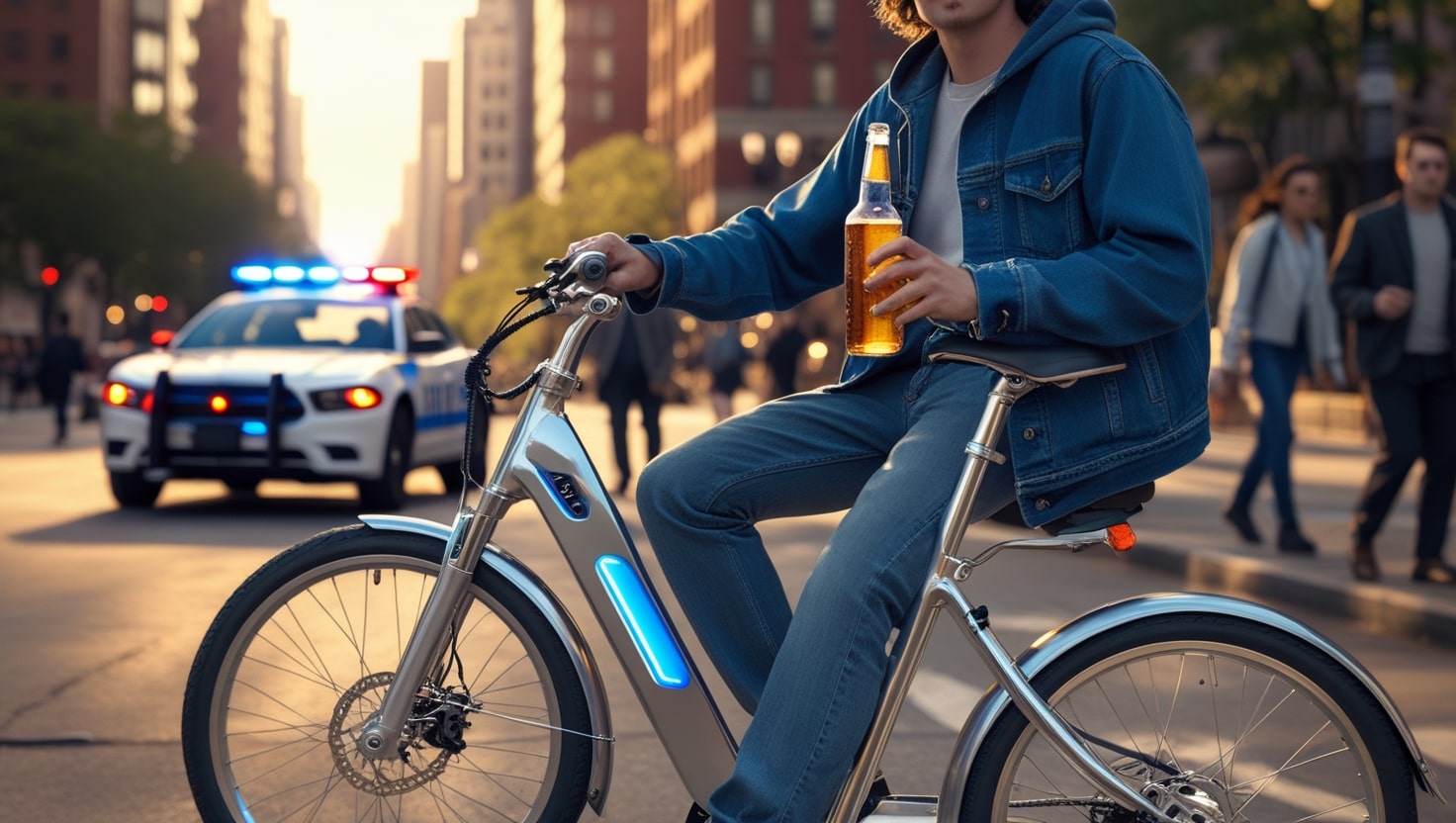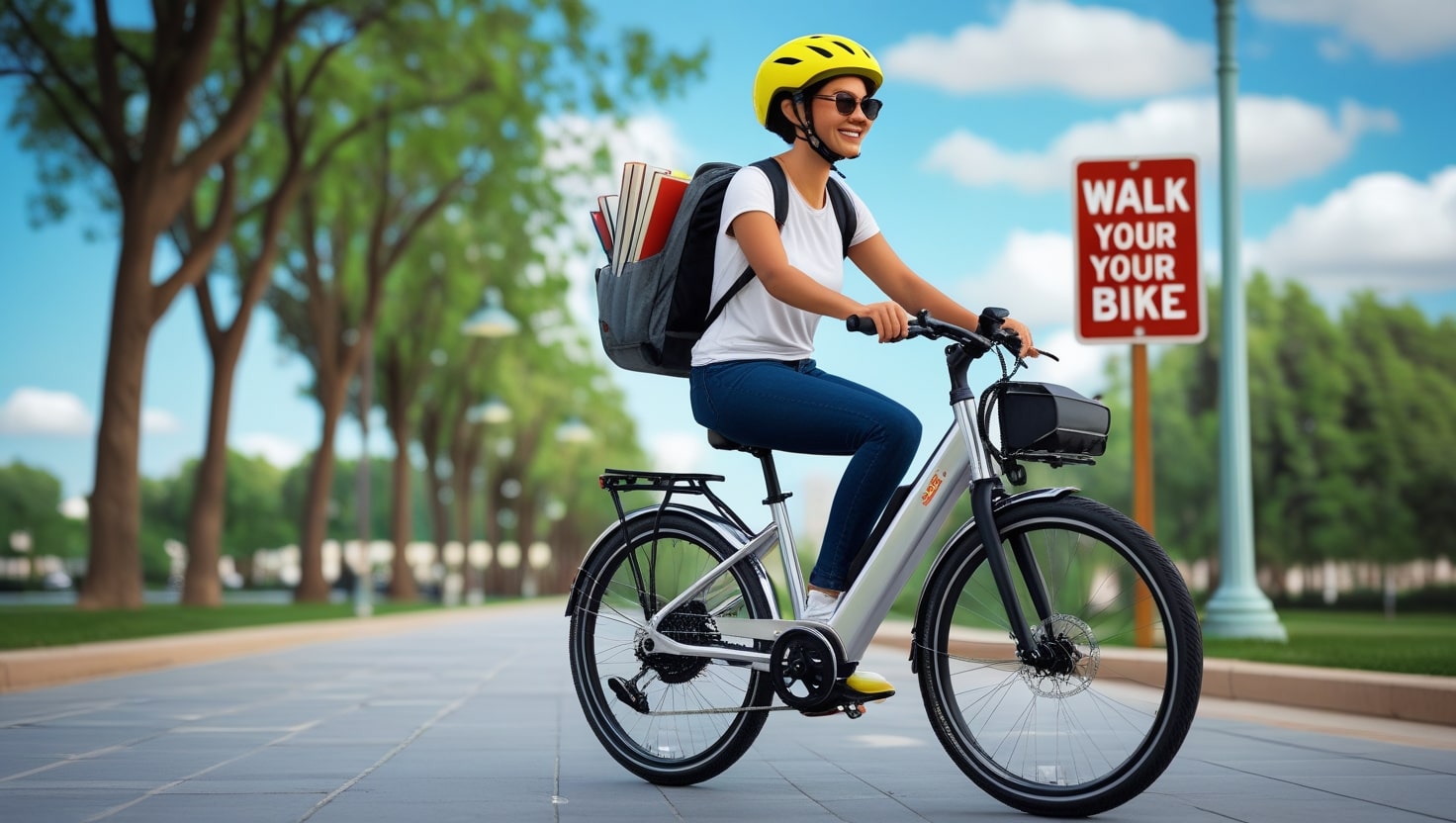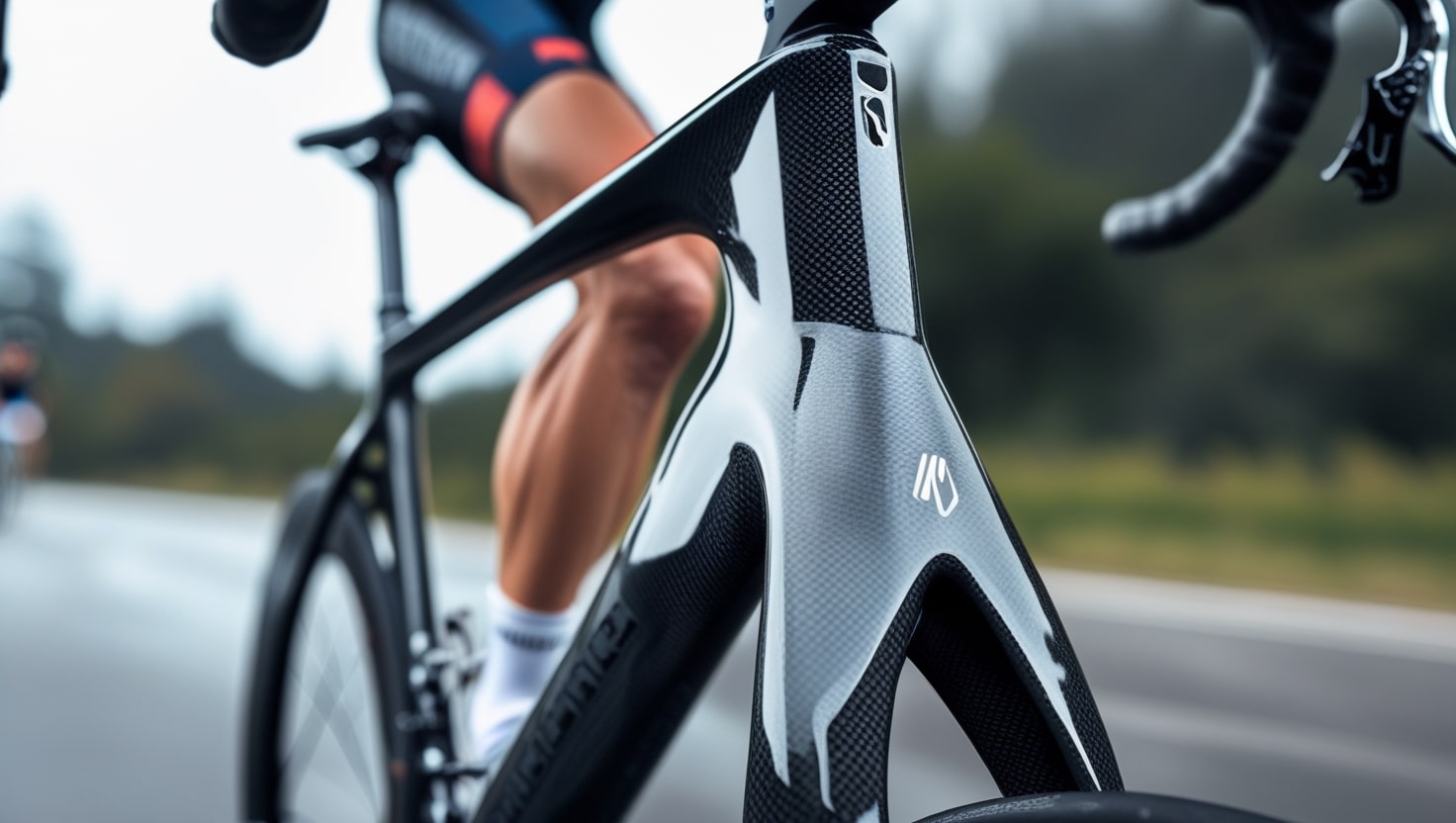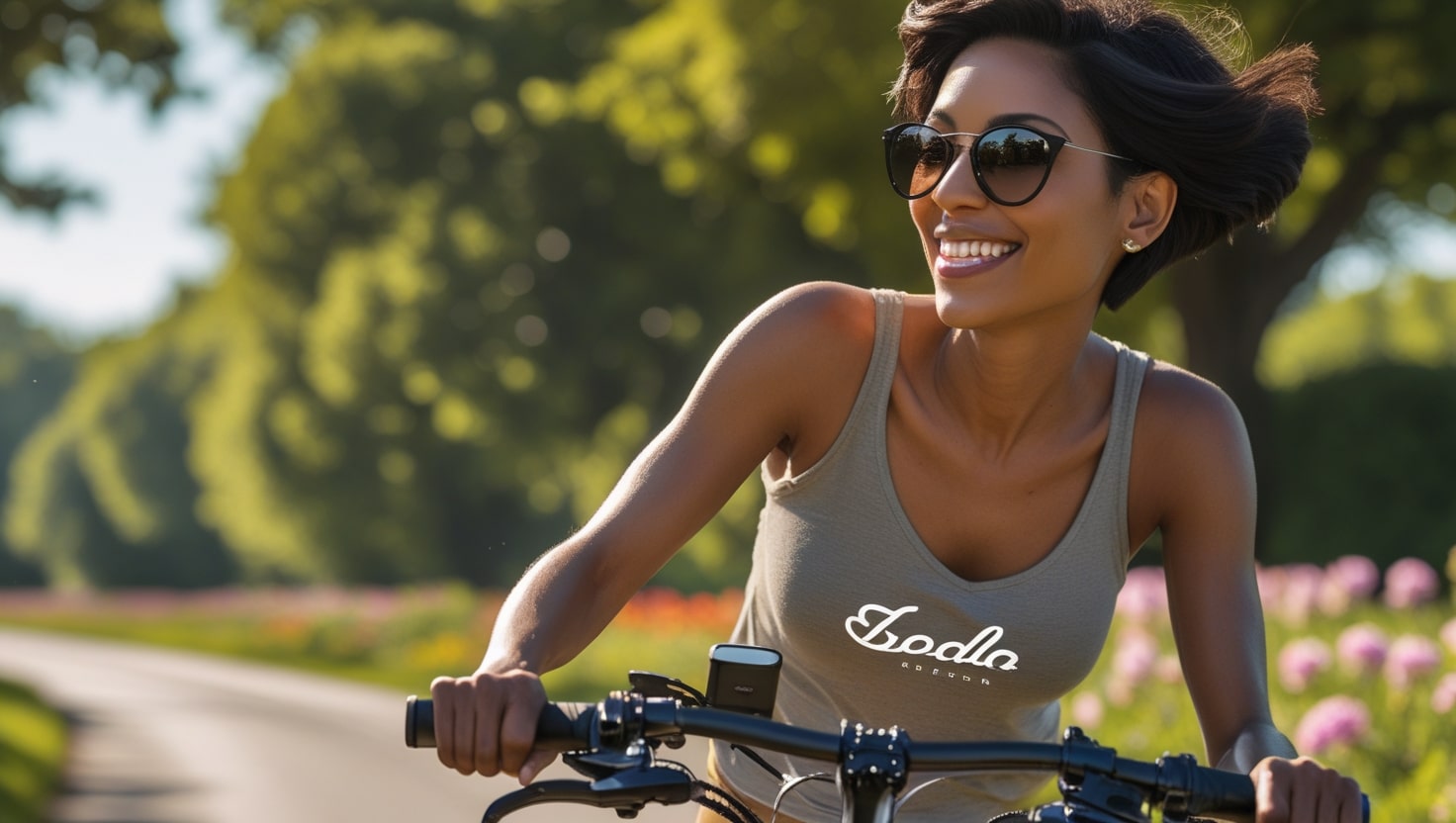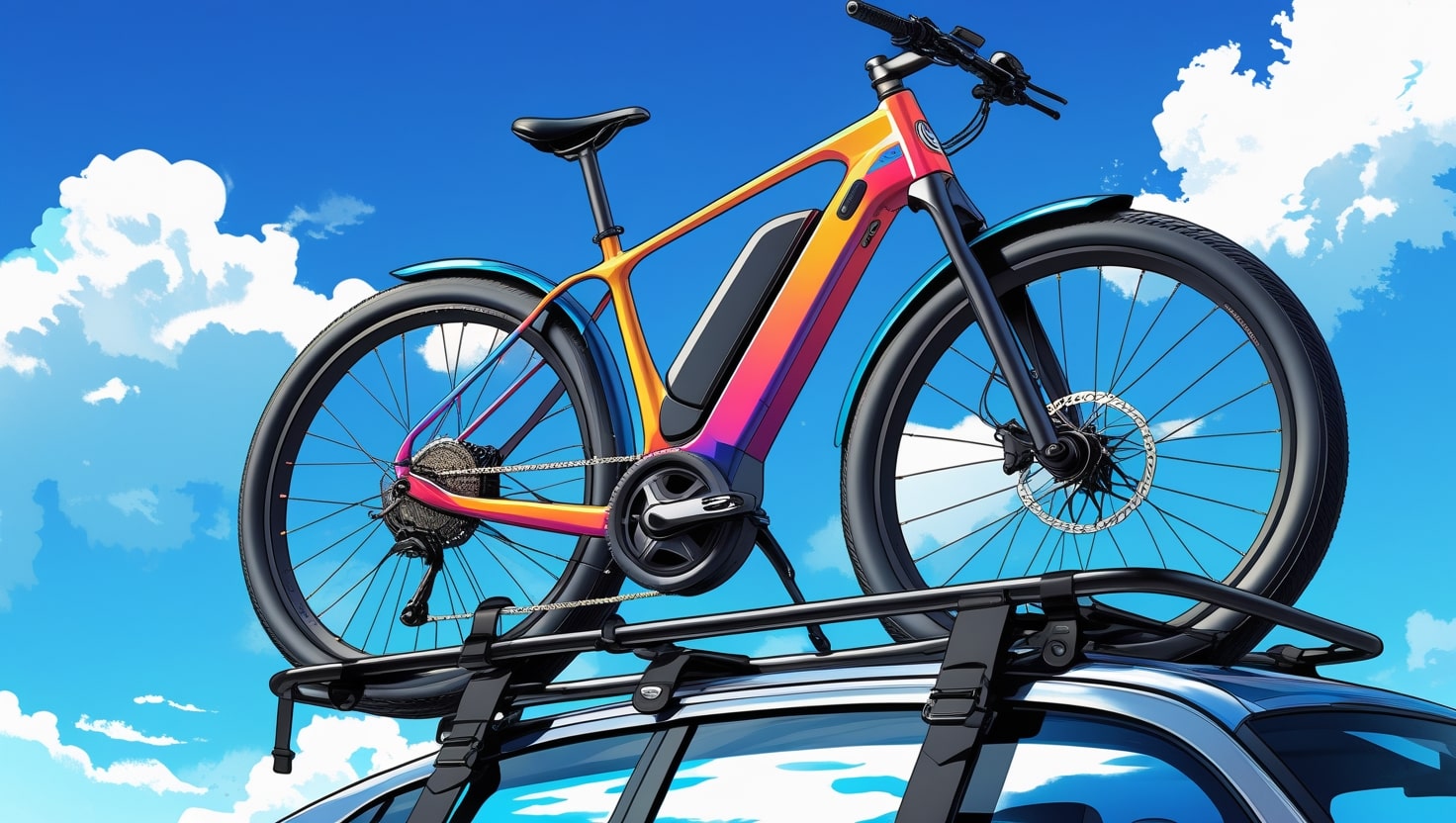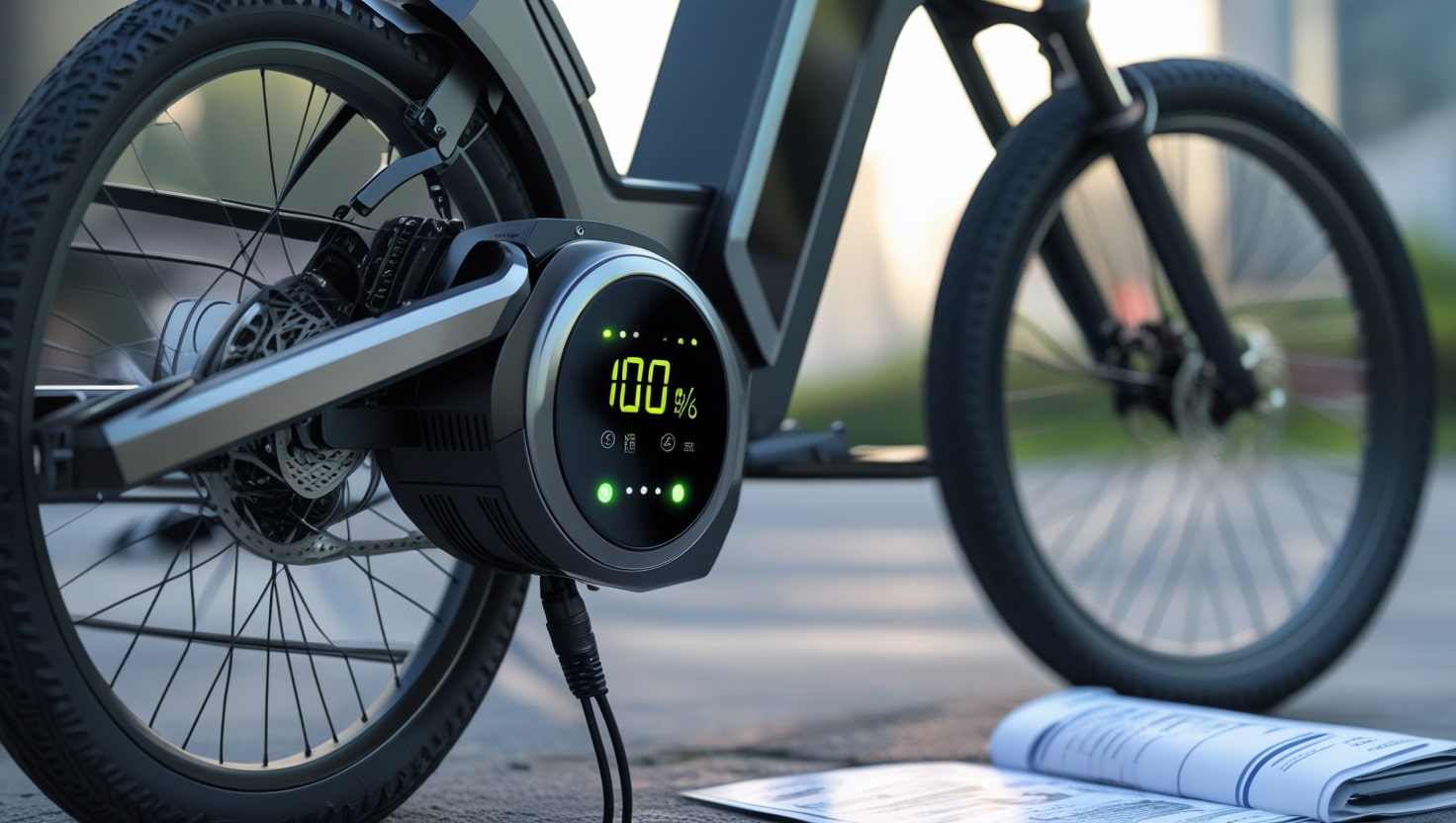As someone who’s been riding and testing electric bikes for years, I’ve seen e-bikes take the world by storm—and with good reason. Their eco-friendliness, day-to-day convenience, and the sheer thrill they offer have completely piqued public curiosity. The fusion of electric power and pedal control has rapidly led to major advancements, making these machines more than just a trend. One question I often hear is: How fast does a 1000W ebike go?
The speed of a 1000W e-bike depends on several factors, but generally, it can reach around 28–35 mph on flat terrain. However, it’s not just about the top velocity—it’s about how various nuances like rider weight, tire type, and terrain determine the final output.
Also Read: Can eBikes Go Up Steep Hills Easily?
Understanding eBike Power and Speed
What Does 1000W Mean?
When I first got into riding a 1000W e-bike, I didn’t fully understand what that power truly meant. Over time, I came to appreciate the many factors that influence its speed, far beyond just the wattage number on the label. The rating—where the “W” stands for watts—is a unit of measurement tied to the output of the bike’s motor, and while it gives a general idea, real performance depends on much more.
In straightforward terms, more watts usually equals more potential speed, but the correlation isn’t always linear. In the real world, external elements like rider weight, terrain, and wind resistance significantly affect the final result.
Factors Affecting E-Bike Speed
Now that we know exactly what 1000W e-bikes are, let’s examine the various factors that affect their speed. Although the wattage of the motor is important, a number of other elements combine to determine how fast your e-bike can actually go.
Motor Power
The 1000W motor is one of the most powerful options available for e-bikes, capable of delivering high speeds under the right conditions.
Motor types vary, and the hub motor is easier to maintain, while the mid-drive system provides better efficiency and hill-climbing performance.
Your controller also matters—it regulates output and helps optimize power delivery.
All these machines can feel different depending on setup, so this area deserves real consideration when choosing or upgrading.
Battery Capacity
The battery is your e-bike’s fuel tank—larger ones help sustain speeds over longer distances.
A setup with 48V and higher voltage provides more power compared to a 36V system.
Look at both amp-hours (Ah) and watt-hours (Wh) to judge how far you can go on a charge.
A strong battery also means you can stay in turbo or sport modes longer, reaching maximum output when needed.
Rider Weight
As a frequent rider, I’ve noticed how my bodyweight impacts both speed and range. A light rider gets a faster, more responsive ride.
A heavy rider may experience reduced efficiency and lower top-end speeds, especially on inclines.
Proper riding posture helps too—maintaining an aerodynamic position reduces drag and can boost performance.
Even your style of riding—whether smooth or aggressive—plays a part.
Terrain and Road Conditions
Flat surfaces are ideal, letting the bike reach its highest speed quickly and easily.
Uphill climbs, however, reduce speed significantly unless your motor and battery are both strong.
Rough terrain and poor road conditions can slow you down due to extra resistance.
From my rides, it’s clear that conditions often matter just as much as raw power when gauging performance.
Pedal Assistance Level
E-bikes offer multiple assistance modes like eco, normal, and turbo, each with its own effect on battery life and speed.
Eco mode provides the lowest level of assistance, helping to extend battery range.
Normal mode offers a balanced experience—good speed, moderate battery usage.
Turbo or sport mode gives maximum pedal support for the fastest rides, but drains the battery faster.
I typically use normal for daily commuting and save turbo for those steep hill climbs or longer weekend trails.
Tire Pressure
One thing I quickly learned with 1000W electric bikes, especially the fat tire models I’ve tested, is how critical tire pressure is when it comes to speed and overall performance. Running your tires at an optimal level helps in minimizing rolling resistance, which means the bike moves more efficiently with less effort. While lower pressures give you smoother rides over uneven surfaces and bumps, they also lead to increasing resistance and require more maintenance to keep up your pace.
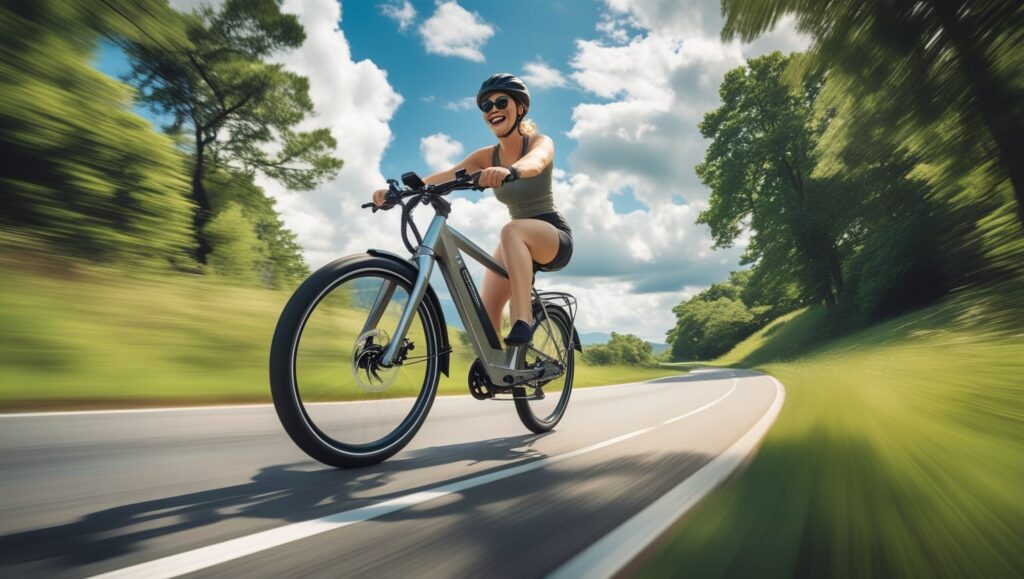
Typical Speed Range of 1000W E-Bikes
After examining the factors that affect e-bike speed, we can now focus on the typical speed range that a 1000W e-bike can provide.
Average speed on flat terrain
A 1000W e-bike is perfect for commuting or leisurely rides because it can typically maintain an average speed of 20–28 mph (32–45 km/h) on flat terrain. From my own experience, this range strikes a perfect balance between efficient travel and comfort, especially when navigating public roads. Still, it’s important to remember that in many regions, legal limits apply—speed is often capped at 20 mph (32 km/h) for e-bikes on city streets and roads, so always check your local legal restrictions.
Top speed capabilities
The highest speed of a 1000W e-bike can reach 35–40 mph (56–64 km/h) in ideal circumstances, such as a straight, unobstructed course, a favorable wind, and an aerodynamic rider. Achieving these numbers often depends on other factors too, like weight distribution, optimization of the rider’s form, and having high-quality components—especially tires. Personally, after upgrading to performance tires and tweaking my posture, I noticed a real boost in speed even without touching the motor.
Is 1000 Watts Enough for a E-Bike?
Whether a 1000w e-bike is sufficient truly depends on your riding style, personal preferences, and the types of terrain you traverse. For urban commute, especially in flat cities, a smaller motor might do, but if you regularly ride through hills or have to deal with steep climbs, that extra bit of oomph from a 48v electric motor can make a noticeable difference. When I first tried one, I was impressed by how the pedal assist combined with the throttle made uphill climbing much easier and reduced the physical strain I used to feel with less powerful motors.
If you’re into off-roading or tackling rough terrains like muddy, gravel, or loose trails, a 1000w watt motor truly shines. It helps overcome demanding conditions and gives you more control. I’ve even used it to haul trailers and transport goods in a rear basket, and it managed the heavy load with ease.
Speed variations with different assist modes
Several 1000W e-bikes include different assist setups that affect the motor’s power output as well as your maximum speed.
| Assist Mode | Speed Range (mph) | Power Usage | Typical Use Case |
|---|---|---|---|
| Eco | 12-15 | Low | Extended range rides |
| Normal | 15-20 | Medium | Everyday commuting |
| Sport | 20-28 | High | Quick trips, mild hills |
| Turbo | 28-35+ | Maximum | Steep hills, open roads |
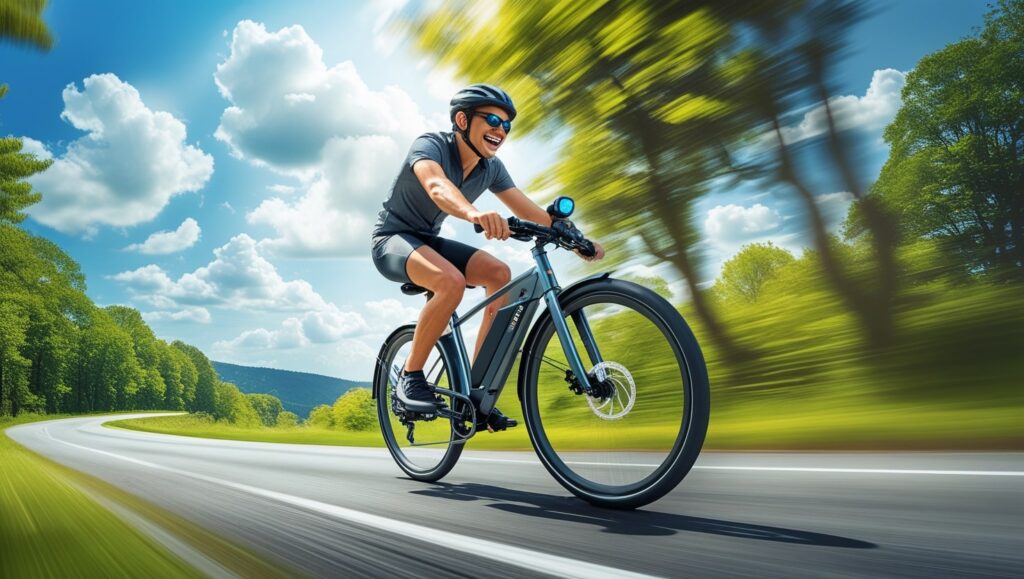
Performance and Capabilities
When purchasing an e-bike with a 1000W motor, it’s critical to understand all of its capabilities before making your decision. These powerful bikes provide an amazing combination of speed, range, and versatility, but how well they work frequently depends on where and how you want to use them. Let’s examine the main variables that affect these bikes’ practical performance in more detail.
Urban Areas
In most urban environments, a 750w e-bike is usually enough to meet your daily commuting requirements, especially if you’re riding on flat, paved roads with minimal need for high torque or top power. I’ve found that using a 1000w motor in the city can sometimes feel excessive, but there are unique scenarios where that additional output becomes incredibly handy.
When navigating dense traffic or trying to shorten your travel time, the stronger power delivery helps move through crowded routes more quickly and with better acceleration across short distances.
Another situation where a 1000w e-bike shines is when you’re carrying heavy loads like groceries, work equipment, or even towing something over a route with hills or bridges. I once had to haul bulky tools across town, and the extra torque and motor strength made the ride smoother than expected.
Cargo and Passenger Hauling
One of the best things I’ve noticed about using a 1000 W motor on my e-bike is how effortless it feels when carrying heavy loads. Whether you’re using integrated racks or attaching trailers, the bike still sustains a solid 20–25 mph even when fully loaded with gear.
I’ve tested it while hauling groceries and tools, and the speed reduction was surprisingly minimal. Even at a 500 Wh/kW power ratio, the performance remains strong due to efficient ratios and power delivery.
Off-Road Adventures
If you’re an outdoor adventure lover or one of those enthusiasts who crave thrilling off-road experiences, a 1000w motor makes a massive difference. With its high torque, this kind of e-bike can easily tackle the steepest inclines and rocky terrain. I’ve personally taken my e-bike up mountainous trails, and the extra power meant I could maintain control and momentum on every hill without burning out.
These bikes are built for adventures, built to handle demanding conditions, and ideal for seekers who want more than just a casual ride.
What really adds to the performance is how well the bike works with wide tires, robust suspension systems, and a setup designed to absorb rough, uneven surfaces. The result? A smoother, more controlled ride, even on unstable ground. I’ve ridden across rugged trails where most bikes would struggle, and the way my e-bike could traverse those sections with ease truly highlighted its advantages.
Battery and Range
When thinking about how fast a 1000w e-bike can go, it’s important not to overlook battery life and range. I’ve tested several models, and one thing I’ve learned is that battery capacities directly affect your riding experience.
With a 48V/20Ah system, bikes like the Macfox X2 can travel up to 90km, which is revolutionary for weekend exploring and long-distance travel. The ability to go longer without a recharge is not only great for adventure riding but also helps with daily commutes where you need consistent power delivery.
From a performance angle, a higher capacity battery also helps with maintaining steady power output even on challenging routes. If you’re climbing hills or riding into strong headwinds, the motor still performs well thanks to consistent energy support. I often carry an additional battery on extended rides just to be safe, and it has saved me more than once.
Maintenance and Longevity
Regular Inspections
Perform inspections every 500 mi to catch early issues like torque‑induced loosening in spoke tension and hub bearing.
Make routine brake adjustments and check for pad wear, especially if you’re riding regularly above 20 mph.
These small checks can help prolong the life of your e-bike and reduce the chances of unexpected failure on the road.
Electrical Health
Keep your firmware up-to-date by installing updates via dealer software to optimize power curve and thermal management.
Regular cleaning of connectors is crucial—moisture and dirt can cause resistance and buildup, leading to overheating. Use contact spray every 6 months.
Battery Care
To avoid premature wear, never let the battery fall below 20% remaining capacity—charge early to minimize degradation and loss.
For offseason storage, keep packs at 40–60% charge in a cool, dry place to extend cycle life.
Avoid frequent full discharge, and store your e-bike in stable temperature places for maximum longevity.

Legal Considerations
If you’re planning to ride a 1000W e-bike, it’s important to understand the regulations that vary by region. In the U.S., federal law limits street-legal e-bikes to 750 W, though some states like Oregon allow up to 1,000 W depending on local classifications. Your e-bike’s power, speed, and motor type will determine which class it falls under.
Going above 28mph or riding with throttle control might push the bike into mopeds or motorcycles territory, which could require registration, licensing, and insurance. Staying compliant avoids legal penalties and ensures safe and responsible riding.
Class 1: 20 mph maximum speed, pedal assistance only
Class 2: 20 mph top speed with a throttle option
Class 3: Maximum speed of 28 mph, pedal assistance only
Class 4: No maximum speed limit, may require registration and licensing
Helmet Requirements:
When riding bikes capable of exceeding 20 mph, many jurisdictions mandate a helmet that meets either ANSI or Snell bicycle safety requirements.
For speeds over 28 mph, especially on high-powered models, you may be required to wear DOT-approved motorcycle‑certified helmets, which offer added protection for faster riding conditions.
Lighting & Visibility:
High‑speed operation, especially during dusk or nighttime, makes visibility and lighting incredibly important. Bright front and rear lights, ideally rated at 1 000 lm or higher, are often a legal requirement to ensure you’re seen by others. I always pair lights with reflective gear for maximum safety, and many areas also require this added visibility.
What Range Can I Expect on a Single Charge?
When using a 48 V 20 Ah battery rated at 960 Wh, the range you get from a 1000W e-bike depends a lot on your riding habits and power settings. In eco modes, you can extend your trip up to 90 mi. If you’re using mixed assist, like switching between pedaling and motor help, you can expect around 40–60 mi on a single charge. But when going full blast on full‑throttle, that number drops fast—down to 15–25 mi.
Are 1000 W E‑Bikes Street‑Legal?
In many U.S. states, e‑bikes are considered street‑legal only if they’re limited to 750 W and a top speed of 20 mph. If your bike goes above these limits, it may be classifies as a moped, which means requiring registration, a valid driver’s license, and possibly meeting other local rules.
Can I Convert My Bike to 1000 W?
If you’re looking to boost your current bike’s power, conversion kits from well-known brands like Bafang make it possible to upgrade to a 1000W setup. These kits usually range between $300–$1,000, depending on the components and features. But it’s important to be aware that local laws may restrict their use on public roads.
How Do I Maintain a 1000 W Motor?
To keep your 1000W e-bike running smoothly and extend its life, it’s important to inspect the spokes and bearings every 500 mi. Make sure to update the firmware whenever available. Also, always keep your connectors clean to avoid power issues, and follow solid battery‑care routines. From my experience, applying the best practices consistently will ensure your bike’s longevity.
Do I Need Special Insurance?
If you’re riding high‑power e‑bikes rated at or above ≥ 1,000 W, you may require special insurance depending on your local jurisdictions. In many areas, these bikes can be treated similarly to a moped or motorcycle, which means you’ll need to check with your DMV or transport department for specific regulations.
Conclusion
A 1000W e-bike can deliver a truly swift and exhilarating ride, especially under optimal conditions where terrain, rider weight, and battery charge all work in your favor. I’ve pushed mine to speeds of 28 mph or even higher, but it’s important to remember that local regulations and legal boundaries can constrain your top speed depending on where you ride. At the same time, understanding these factors can also liberate you to ride more confidently.

